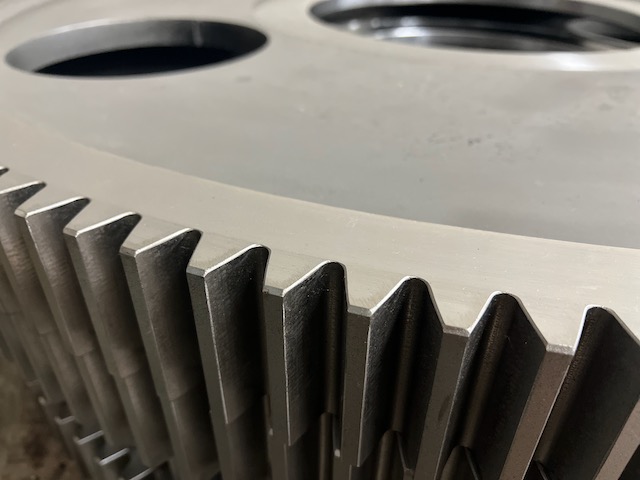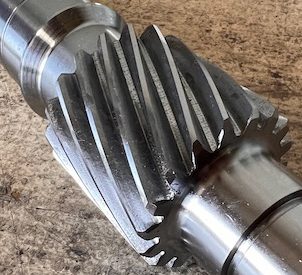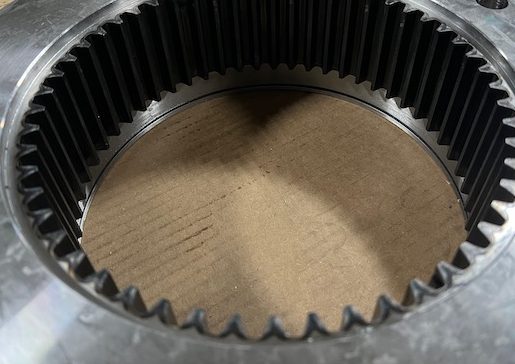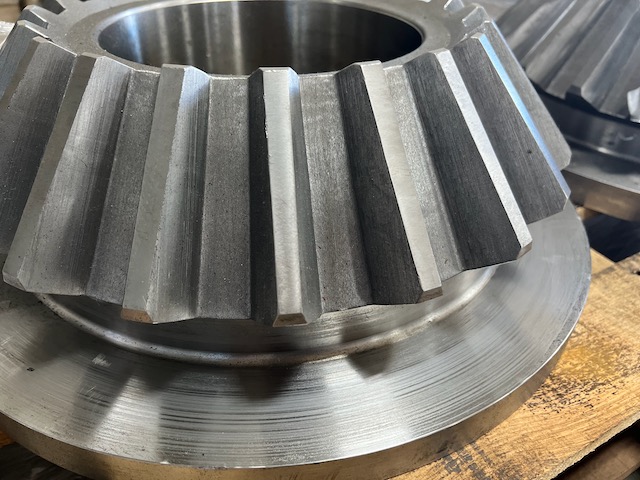The lifespan of a hardened gear tooth compared to a non-hardened one depends on various factors, including the type of material used, the design of the gear, the operating conditions, and the maintenance practices. Generally speaking, a hardened gear tooth can last significantly longer than a non-hardened one under the same conditions.
Hardening is a heat treatment process that makes the gear tooth surface harder and more wear-resistant, which can improve its durability and strength. Hardening can be achieved through various methods, including case hardening, induction hardening, and carburizing.
A hardened gear tooth can typically last up to two or three times longer than a non-hardened one, depending on the specific application and the level of hardness achieved. However, hardening can also make the gear tooth more brittle, which can lead to cracking or chipping if subjected to high loads or impact forces.
It’s worth noting that the cost of hardening can be higher than that of using non-hardened gears. Still, the potential increase in lifespan and durability may justify the investment, particularly in high-load or high-wear applications. Ultimately, the choice between using hardened or non-hardened gears depends on the specific application, cost considerations, and performance requirements.



